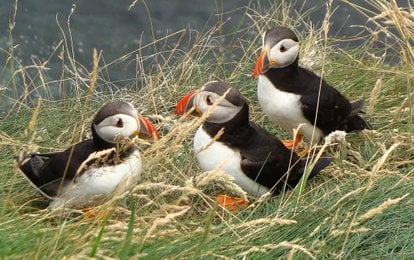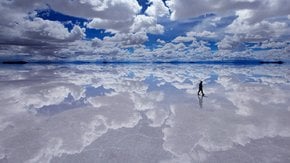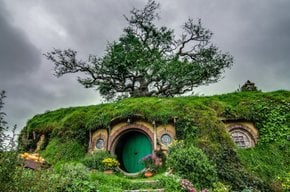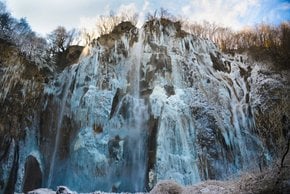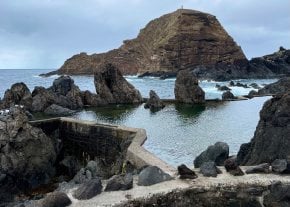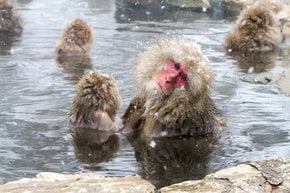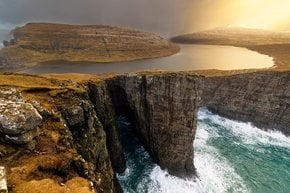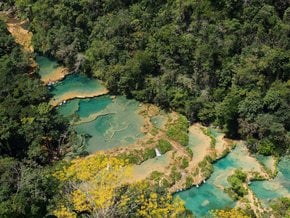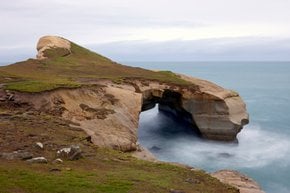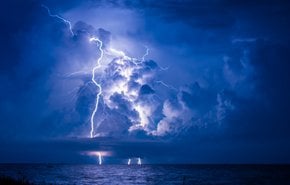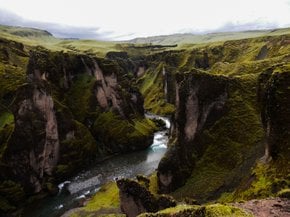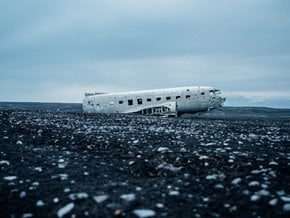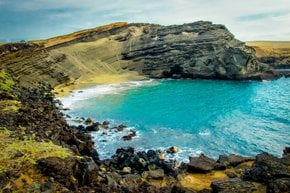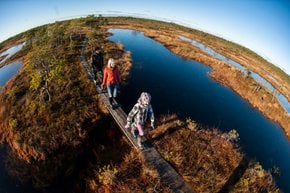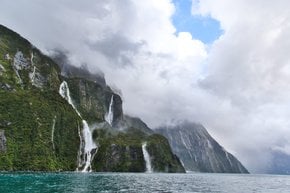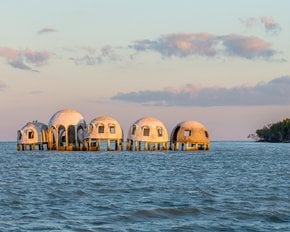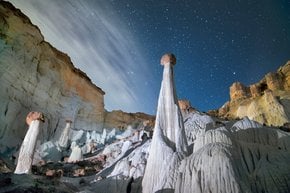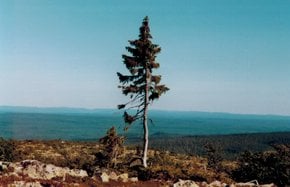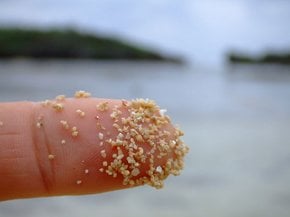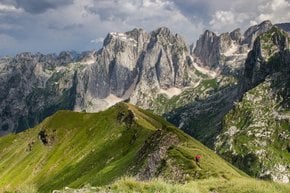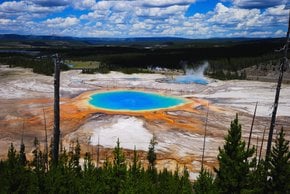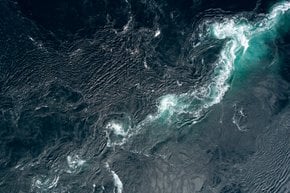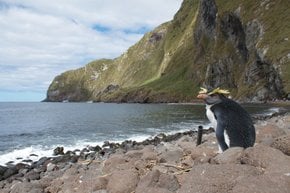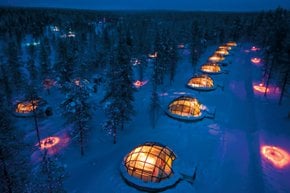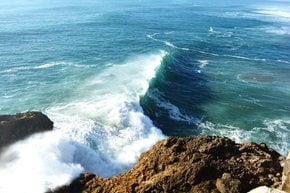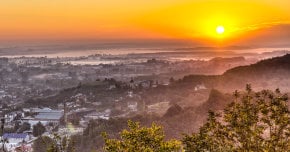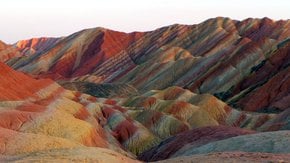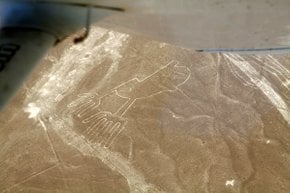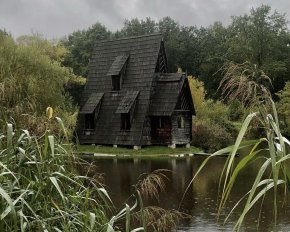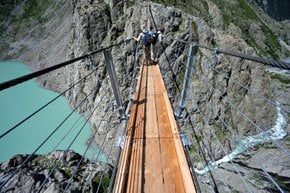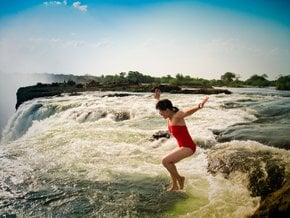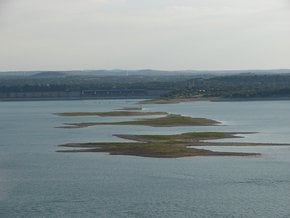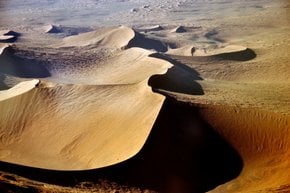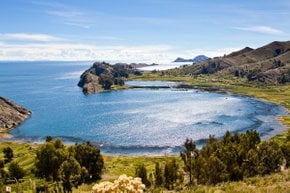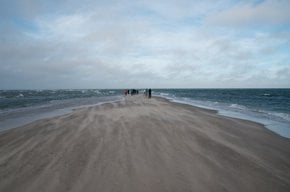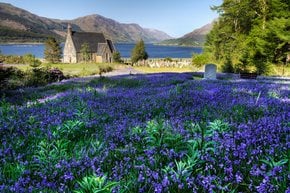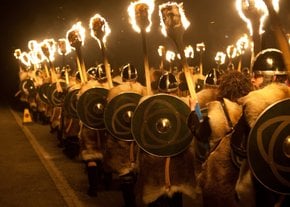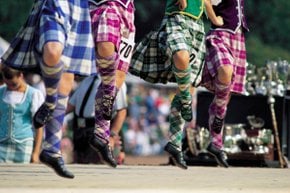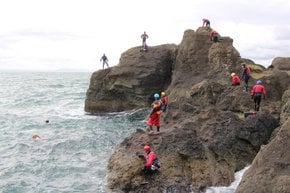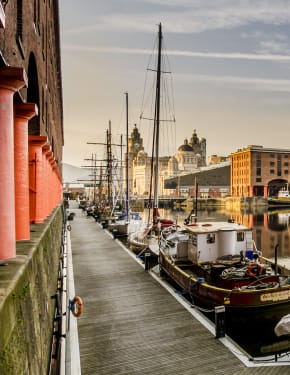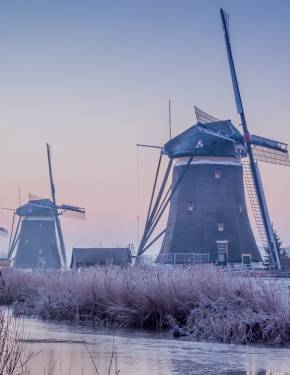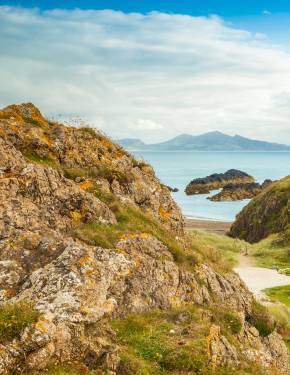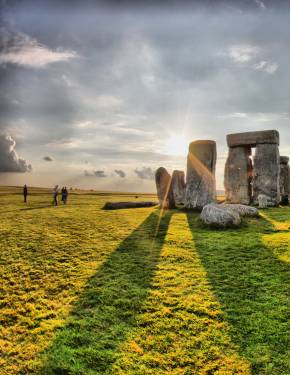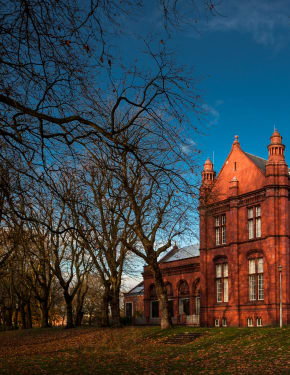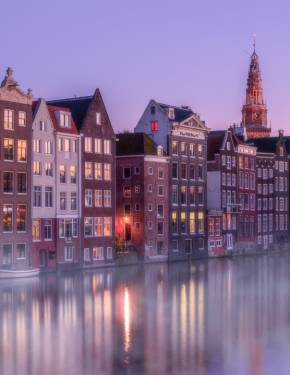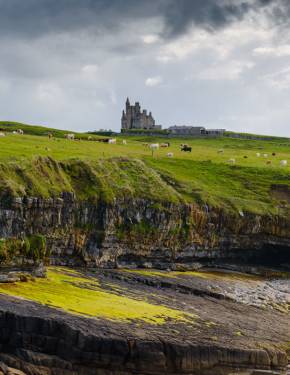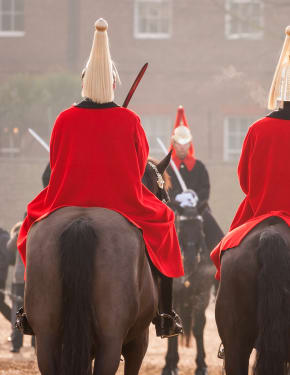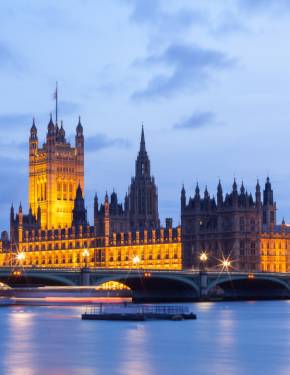Cruise to Staffa in Scotland 2026
The trip to Staffa amazes with wildlife encounters, puffin colonies, and the geometric shapes of Fingal's Cave
Best time: April–October
Staffa is famous for its population of cute puffins inhabiting the north of the island. However, the amazingly shaped Fingal's Cave is considered an even more popular attraction. Its hexagonal basalt pillars produce an impression of being carved by sculptors.
More About Staffa
This tiny island, just half a mile long and a quarter-mile wide, lies off Scotland's west coast and boasts an otherworldly appearance. Its striking hexagonal basalt columns were shaped millions of years ago by volcanic activity as immense lava flows solidified and met the cooling waters of the Atlantic. Over time, relentless waves carved these formations into the awe-inspiring Fingal's Cave.
Although relatively obscure until the late 18th century, Staffa gained fame in 1772 when botanist Joseph Banks praised its dramatic, untamed beauty, transforming it into a sought-after destination for nature lovers and adventurers.
How to Get to Staffa From Mainland Scotland
Cruise boats to Staffa depart from two key locations on the Isle of Mull: Iona and Fionnphort. The journey offers a wildlife-rich experience with opportunities to spot dolphins, basking sharks, and an array of seabirds along the way. During the summer months, ferries operate regularly between Fionnphort or Iona and Staffa, making it convenient for visitors to plan their trip. For those starting farther afield, guided tours are available from Oban or Glasgow, often combining visits to Staffa with other stunning islands in the region.
Puffins
Watching puffins on Staffa is an enchanting experience. These charming birds are surprisingly comfortable around humans, as our presence deters their primary predators, the seagulls. Puffins' tolerance for visitors allows close encounters that provide incredible opportunities for observation and photography, making your visit all the more memorable.
Best Time to Visit
When the cave is accessible from April to October, the prime period to observe puffins is during their breeding season, from early May to early August. Note that the Staffa jetty will be closed for boat landings between September 23, 2024, and March 2025 for essential improvement works. However, local boat operators continue to run trips to Staffa during this time. While landings are not possible, visitors can still enjoy stunning views of Fingal's Cave and the island's dramatic geology from the boats.
Guided Tours
Guided tours are the safest and most convenient way to visit Fingal's Cave and observe puffins. With experienced local guides and knowledgeable crews, these tours allow visitors to enjoy Scotland's breathtaking scenery fully. Options include the popular Staffa Tour, departing from Iona or Fionnphort, which lasts about three hours with tickets starting at £40 per adult. Weather permitting, you may explore natural wonders like Fingal's Cave or the uniquely curved Clamshell Cave.
While it's possible to visit Fingal's Cave independently, it's not recommended due to challenging access and safety risks. A guided boat tour ensures safe entry and minimizes the hazards of navigating the slippery basalt columns.
Where to Stay
Staffa Island is uninhabited, meaning there are no accommodations, visitor facilities, or toilets available. Visitors planning to explore the island typically stay on the Isle of Mull, which offers a range of hotels and guesthouses. Staying on Mull provides convenient access for a comfortable and enjoyable day trip to Staffa.

